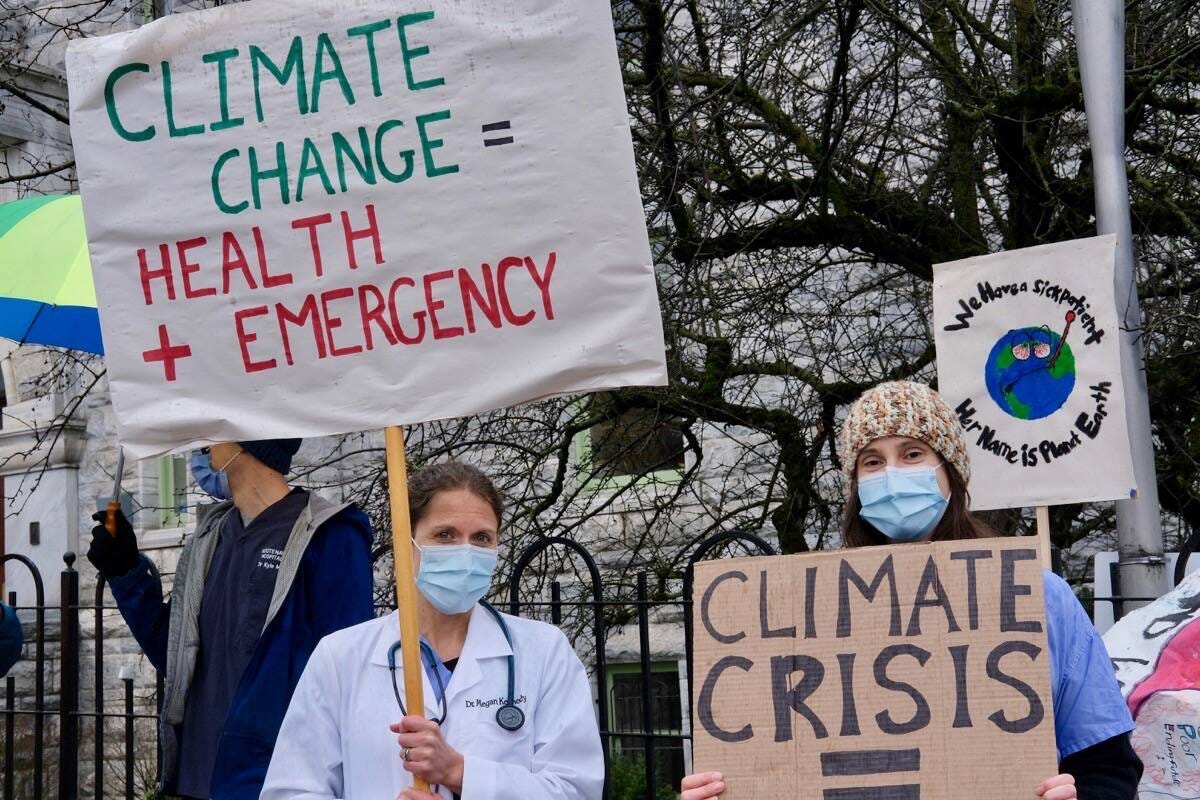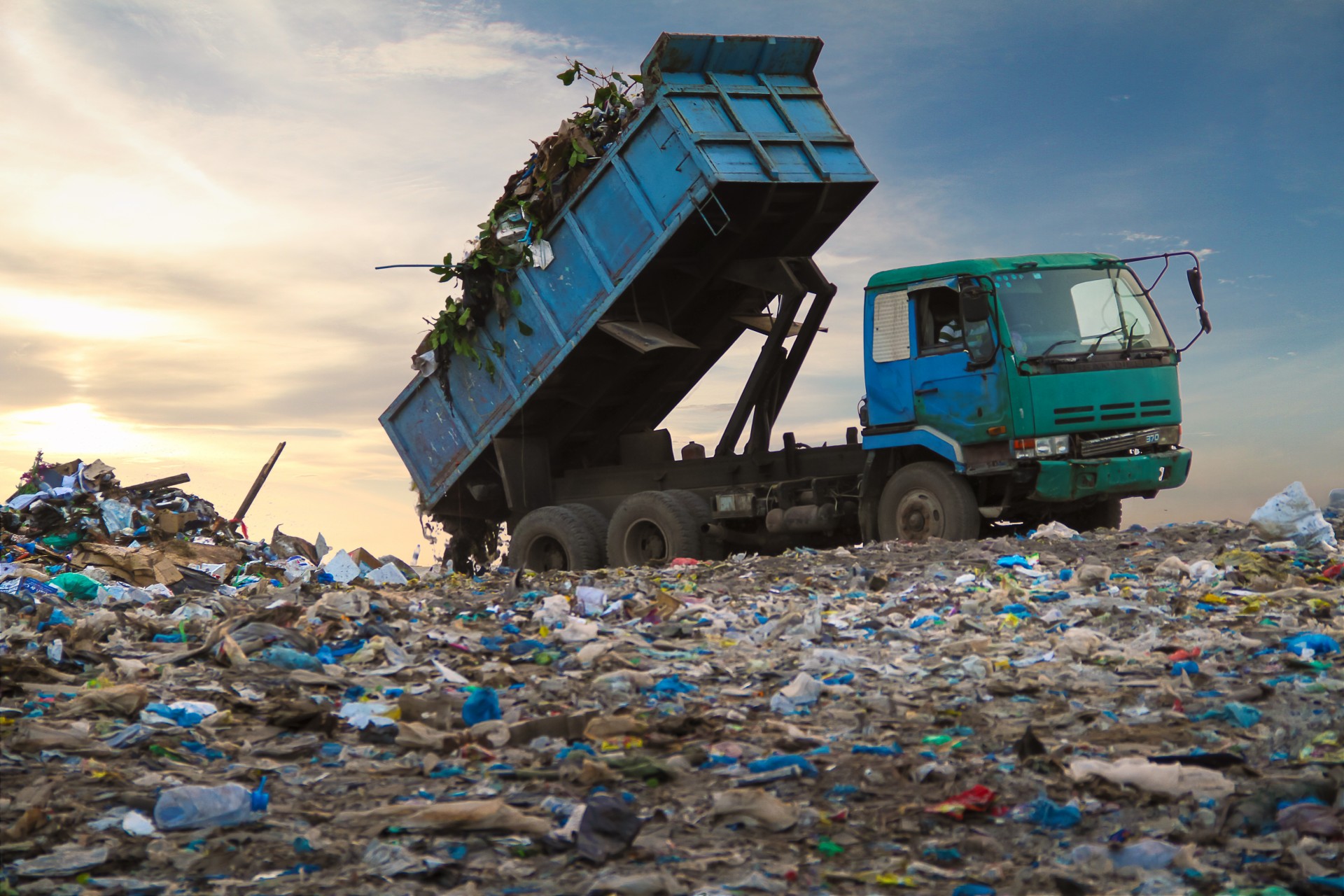Poverty drives environmental degradation through deforestation, poor land use, and reliance on polluting fuels.
Sustainable poverty reduction empowers communities to adopt clean energy, climate-smart agriculture, and resilience strategies.
Climate change and poverty have long been treated as separate global challenges, but in reality, they are deeply intertwined. The Global Multidimensional Poverty Index 2023, a joint report by the United Nations Development Programme (UNDP)and the University of Oxford, reveals that 1.1 billion people live in multidimensional poverty lacking access to essentials like education, healthcare, clean energy, and adequate housing.
Alarmingly, nearly 80% of them are also exposed to climate-related hazards such as floods, droughts, and extreme heat.
These overlapping vulnerabilities create a vicious cycle. In the absence of alternatives, impoverished communities often resort to environmentally harmful practices just to survive cutting down trees for firewood, using kerosene or biomass for cooking, and overgrazing land.
These actions release carbon dioxide, degrade soil, and pollute the air further weakening the environment and deepening poverty.
But this cycle is not unbreakable. In fact, eliminating poverty through sustainable means is one of the most powerful climate solutions.
When households gain access to clean energy like solar power or LPG stoves, they reduce emissions and indoor air pollution. When children are educated, communities are more likely to embrace climate-smart agriculture and conservation practices.
Programs like India’s Mahatma Gandhi National Rural Employment Guarantee Act (MGNREGA), launched in 2005, show how poverty alleviation and climate resilience can go hand in hand. MGNREGA guarantees 100 days of paid work annually to rural households willing to undertake unskilled labor.
Many of these jobs focus on water conservation, afforestation, and land restoration efforts that not only provide livelihoods but also help communities adapt to climate change and restore degraded ecosystems.
However, if economic growth continues to rely heavily on fossil fuels or unregulated industrialization, emissions will rise. That’s why the United Nations Sustainable Development Goals (SDGs) emphasize the need for development that is both inclusive and environmentally responsible.
Tackling poverty is not just a moral imperative it’s a climate strategy. Providing clean energy, education, and sustainable livelihoods can break the cycle of environmental harm and vulnerability. The poorest communities are often forced into environmentally damaging choices, yet they are also the least equipped to recover from climate shocks.
This is not a hopeless cycle it’s a call to action. Ending poverty is one of the most effective ways to protect the planet. A future built on fairness, opportunity, and sustainability is not only possible, it’s essential.






